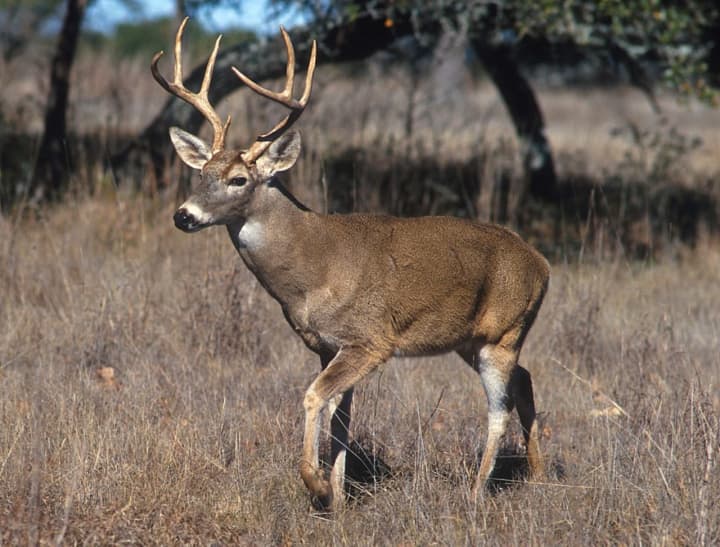Researchers took nasal swabs from 360 white-tailed deer in the US between January and March 2021 when the number of COVID-19 cases was surging across the country, which found that more than 35 percent were previously infected or dealing with an active case.
The latest study out of Ohio comes on the heels of research that found COVID-19 infections were prevalent in white-tailed deer in New York, Pennsylvania, Iowa, Illinois, and Michigan.
While there have been no reported cases of COVID-19 spread from deer to humans, researchers cautioned that circulation of the virus in deer could potentially pose a risk if the animal becomes a "reservoir for the virus.”
According to researchers, the fact that wild deer can become infected "leads toward the idea that we might actually have established a new maintenance host outside humans.”
“Based on evidence from other studies, we knew they were being exposed in the wild and that in the lab we could infect them and the virus could transmit from deer to deer,” lead researcher Andrew Bowman said. “Here, we’re saying that in the wild, they are infected.
“And if they can maintain it, we have a new potential source of SARS-CoV-2 coming into humans. That would mean that beyond tracking what’s in people, we’ll need to know what’s in the deer, too.”
Researchers are unsure about sure how the deer got infected or how the virus behaves in the animals’ body, but suspect they may have been infected by drinking contaminated water, as the virus is shed in human stool and found in wastewater.
“The working theory based on our sequences is that humans are giving it to deer, and apparently we gave it to them several times,” Bowman said. “We have evidence of six different viral introductions into those deer populations. It’s not that a single population got it once and it spread.”
The complete results of the study can be found here.
Click here to follow Daily Voice Windham and receive free news updates.


